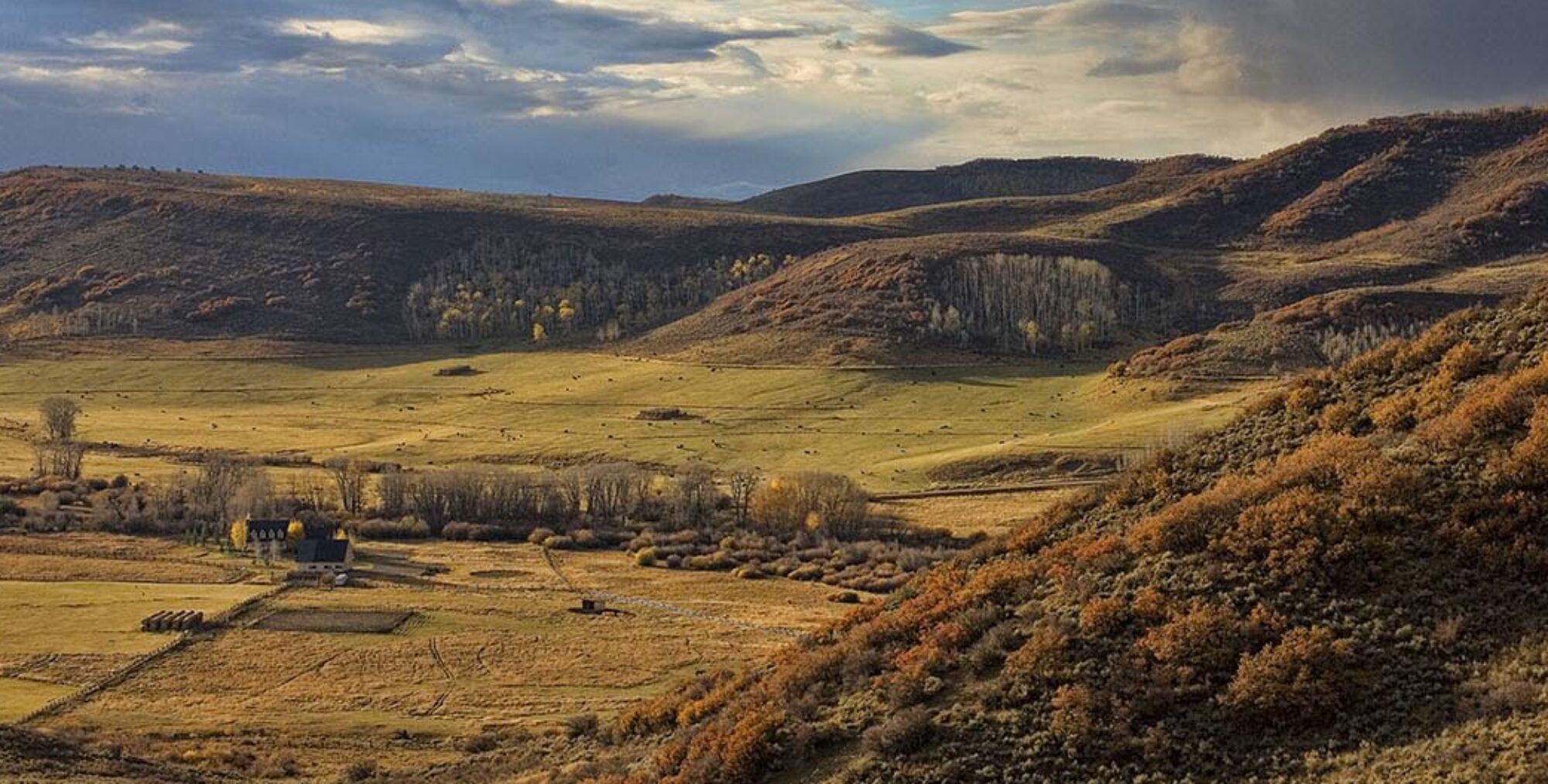Hit at 800 or 1,000 yards, hear that distinctive steel clang wander back in a second or two and you’ll need another fix, so to speak. Rifle practice at 1,000 meters and beyond is addicting, so I collected some expert tips on shooting long distance.
It may be a healthy “high” in knowing your gear and technique are up to the task, but doing so traditionally meant dealing in applied physics and math that bordered on hallucinogenic. Here’s some sage advice to avoid that hangover.
“For the very beginner, keep it simple and seek expert advice,” Dave Palm, Sierra Bullets Senior Process Engineer, explained in an e-mail. “Read everything you can and realize that it will all make sense when the bullet starts doing what you ask it to. Also, don’t make the mistake of choosing an overpowered cartridge. Most folks I know shooting 5,000+ rounds a year, are doing it with a 6 mm. My favorite rifle is still a good .223 bolt gun that can sling an 80-grain bullet accurately (and cheaply) out to 1,000 yards with very little recoil.”
Sounds simple enough with the right precision rifle, but “Winds are everything,” according to Todd Hodnett, the president and owner of Accuracy 1st whose precision expertise is so sought after that his schedule has been fully booked by militaries since 2006. “Most ballistics are pretty easy. Known MV (muzzle velocity), BC (ballistic coefficient) and DAs (density altitude) allow one to do pretty well, pretty fast. But wind is what separates long-range shooters.”
“It can be easier than one might think,” Hodnett—who also developed the H58, H59 and TReMoR reticles—added. “Take the wind value and the proper cosine, this is the true mathematical cosine not what one sees in some manuals. Follow these, 12:30 = 1/4 value, 1:00 = 1/2 value,1:30 = .707 or 3/4, and 2:00 is .866 or 90 percent.”
Most shooters let software handle those mental gymnastics. The free Hornady Ballistic Calculator App for example, which was released in early November for Apple and Android devices, puts the power of Hornaday’s web-based 4DOF (4 Degrees Of Freedom) system at your fingertips.
It’s different, though. “Current ballistic calculators provide three degrees of freedom in their approach; windage, elevation and range, but treat the projectile as an inanimate lump flying through the air,” said Dave Emary, Hornady Chief Ballistician. “This program incorporates the projectile’s movement in the standard three degrees, but also adds its movement about its center of gravity and subsequent angle relative to its line of flight, which is the fourth degree of freedom.”
Computations are based on Doppler radar-confirmed information and something not seen in all ballistics software—drag coefficient. “Using drag coefficient to compute trajectory solutions accounts for each projectile’s unique shape,” explained Jayden Quinlan, Hornady Ballistics Engineer. “Ballistic coefficient-based trajectory solutions are based on the shape of a standard bullet that has a similar, but not exact shape to the bullet being used.”
There are many other solutions—like Sierra’s Infinity Software—that are readily available and provide a solid foundation. If you prefer a no-power-required approach tailored to your platform and load, a high-tech circular slide rule from Accuracy 1st is one answer. “The advantages of the Ballistic Whiz Wheel is no batteries and the same accuracy,” Hodnett said. “Also, the cost is minimal and it is as fast as you can get the info. Just align DA with range and look at hold. It’s that fast.”
If it all sounds simple and easy, it is, until Mother Nature adds that fickle opponent—wind. The Weather Channel doesn’t drill its forecasts down to the firing line, which is why products like those from Kestrel become critical. Its top-of-the-line Elite 5700 Weather Meter with Applied Ballistics not only gives you an accurate reading, its advanced software determines firing solutions and can even communicate with a smartphone. Less expensive alternatives are ideal when learning the craft.
“Making a well-placed, extremely difficult shot at distance has a similar appeal to crushing a drive down the middle of the fairway,” Palm explained about the addiction. “Some will look at their friends and smile after making that shot. Others will act as if their perfect shot was exactly what they expected to happen. Long-range shooting combines a skill that is in part the physical act of shooting, and part knowledge based.”
And, don’t forget to take care of your ammo at the range. I interviewed several experts on the subject, and their tips can make the difference between connecting, and a clean miss.

3 Replies to “Expert Tips on Shooting Long Distance”
Comments are closed.